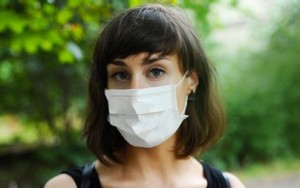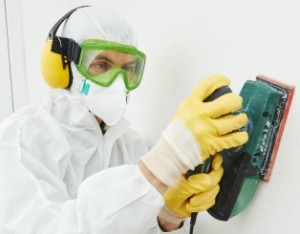What You Need to Know About Breathing Masks
 Breathing Masks Can Be Important for Your Health
Breathing Masks Can Be Important for Your Health
The popularity of protective breathing masks has grown steadily since the outbreak of severe acute respiratory syndrome (SARS) in 2002m more recently with Covid-19, the coronavirus. But the use of a protective mask dates back nearly a century, to when a pandemic of influenza (1918-1920) killed up to 5% of the world’s population. Since that time, scientists have debated whether wearing a mask can help prevent the spread of viruses. Today, most agree that the highest-quality protective masks play a role in an infection-control strategy that includes regular hand-washing. However, the most common masks do very little.
Face masks and dust masks
Surgical, dental and medical masks are all examples of face masks. Dust masks are similar but designed for construction and cleanup activities. Both types are among the most common and least expensive forms of personal breathing protection. These masks may partially block large airborne particles containing viruses and bacteria from reaching your mouth and nose. They may also provide partial protection to those around you by preventing your saliva and respiratory secretions from escaping — when you breathe or sneeze.
Though these masks may block large droplets, they have two significant shortcomings:
- They do not filter or block smaller particles that are transmitted by coughing or sneezing, including ultrafine particles, and …
- They offer only limited protection — they do not fit tightly enough on the face to protect a person from breathing or projecting many airborne pollutants.
Respirators the breathing mask that gets results
Respirators offer a higher level of personal breathing protection. They look similar to face masks and dust masks, but are designed to fit snugly on the face, eliminating air leakage. And unlike face and dust masks, respirators are certified to meet minimum filtration and snug-fit standards. Unfortunately, the effectiveness of a respirator is significantly compromised if the mask is not fitted or worn correctly. A study of people using respirators after Hurricane Katrina found that only 24% were properly fitted.
Putting breathing masks to the test
Testing conducted by the Southern Research Institute confirmed that a respirator outperforms other masks, at least against droplet-size particles. Researchers tested three common protective masks – a surgical mask, a pre-shaped dust mask, and a common bandana – against an N95 respirator (the “95” signifies the mask theoretically filters 95% of all particles in testing). They strapped the various devices to a mannequin fitted with a special aerosol probe and measured efficiency against particles 1.0 to 2.5 microns in diameter.
The filtration efficiencies were found to be:
- Dust mask: 6.1%
- Bandana: 11.3%
- Surgical mask: 33.3%
- N95 respirator: 89.6%
The researchers suggested that the lack of an optimal fit was the reason the N95 respirator did not meet the 95% theoretical filtration efficiency. They also concluded that the dust mask, bandana and even the surgical mask offered very little protection in comparison to the N95 respirator. In fact, they noted, ”wearing these face masks may produce a false sense of protection.”
Focus on the fit
Most importantly, even an approved respirator must be correctly fitted to work. Here are a few suggestions to make sure a respirator fits snugly and correctly:
- Only use respirators that have a NIOSH approval label on each mask.
- Check for proper fit by putting on the respirator and adjusting the straps as needed for a snug fit.
- Refer to the manufacturer’s instructions included with the mask.
- Respirators are not designed for and should not be worn by children.
- Respirators cannot be fitted correctly on people with facial hair.
For more information on controlling the coronavirus check out the features of our HealthPro Plus air purifier.



